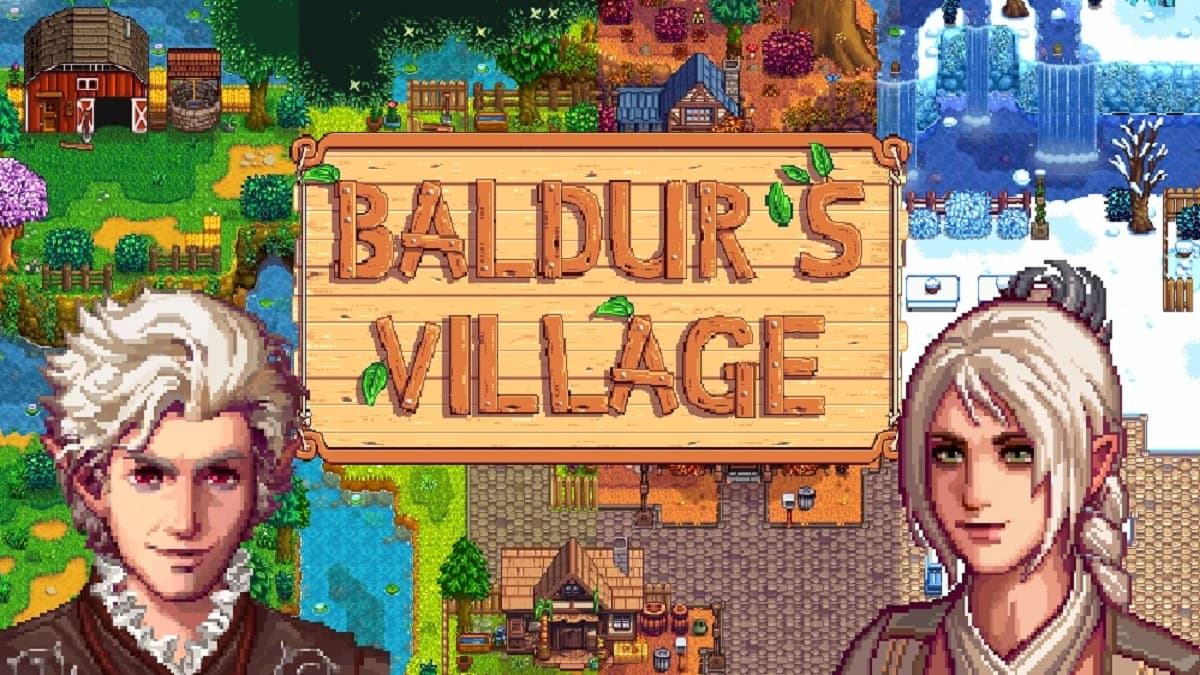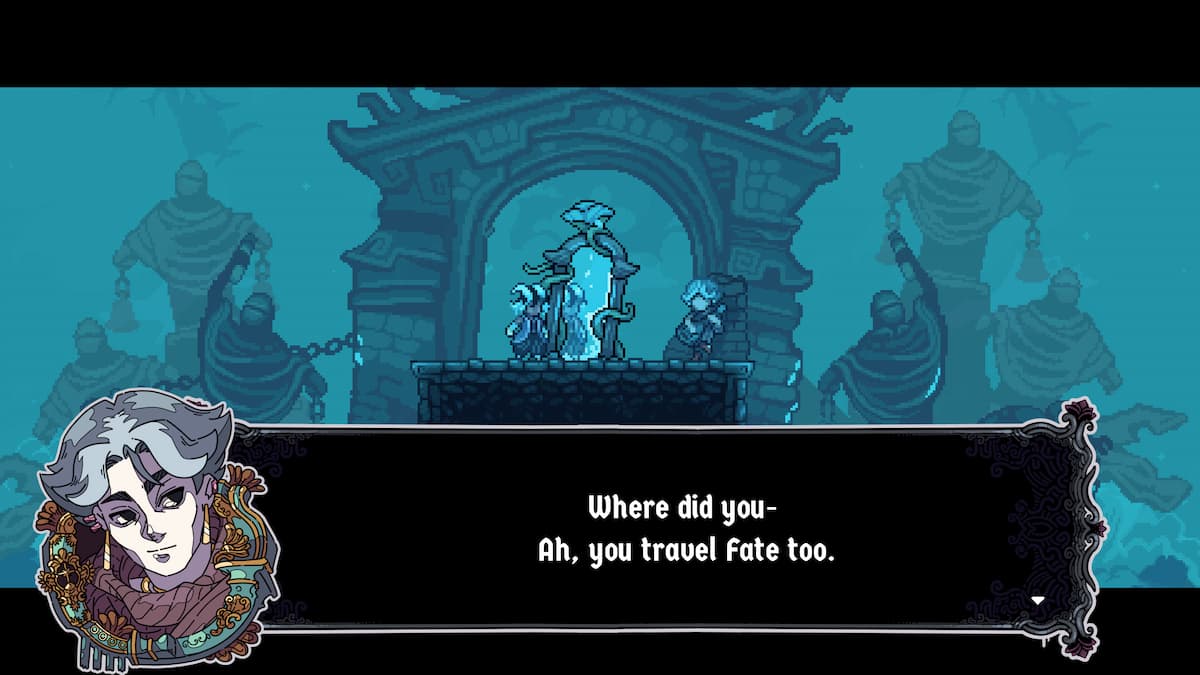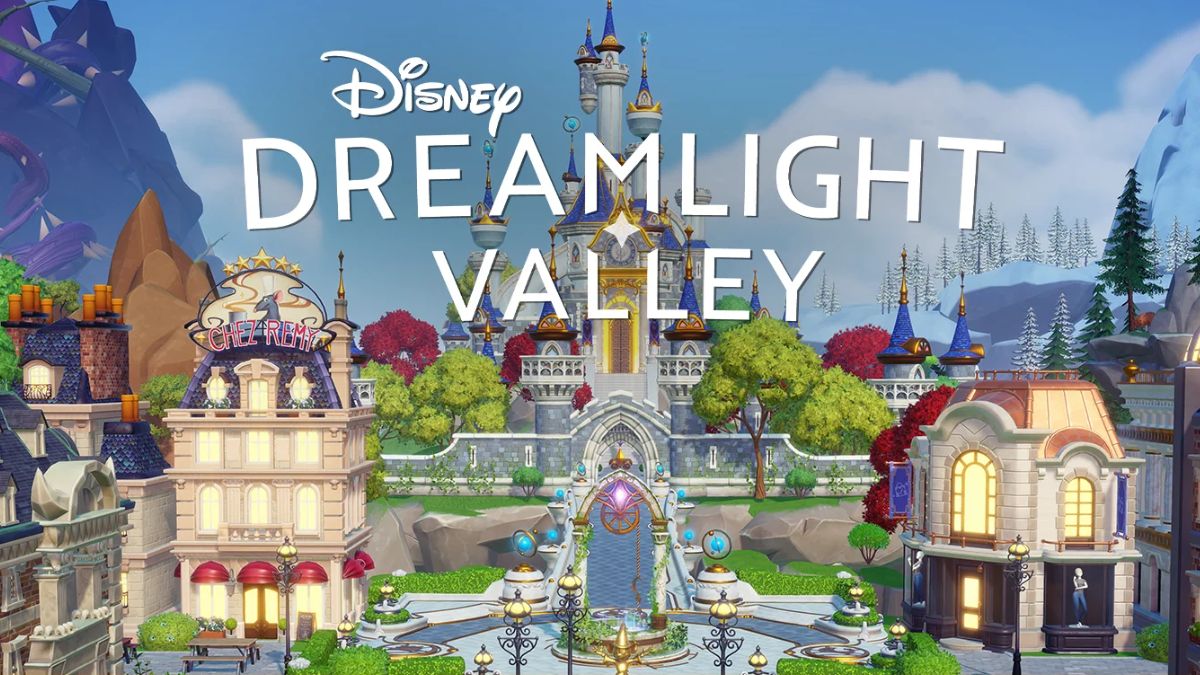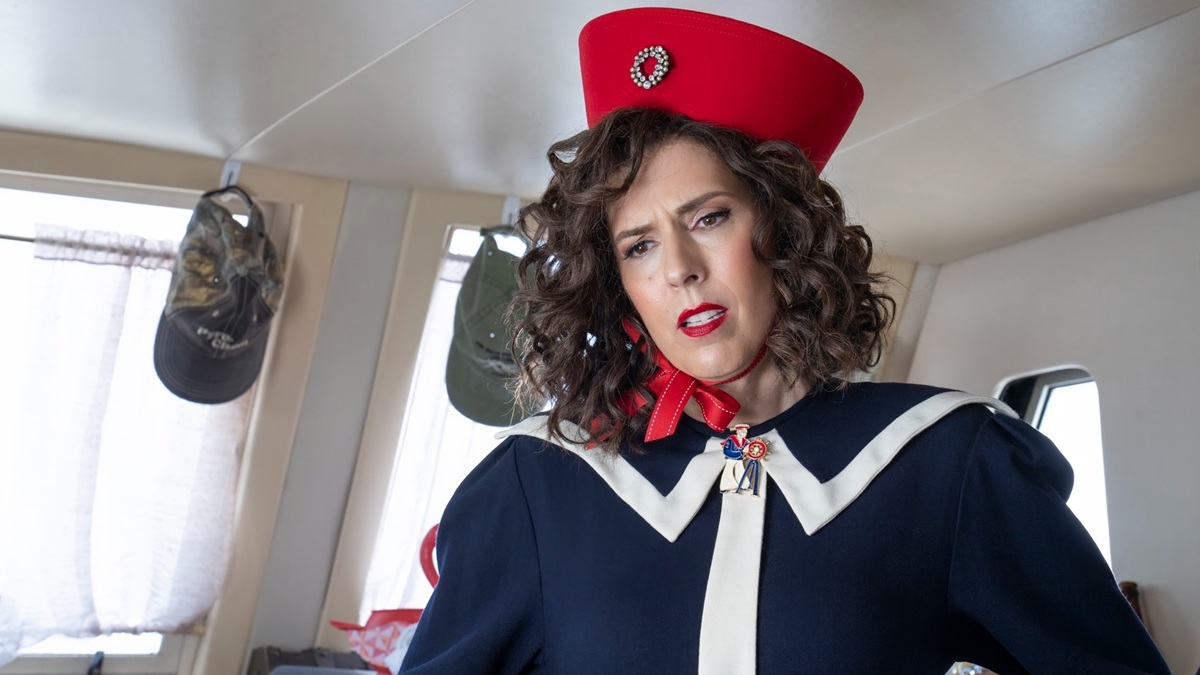The animated map sequence for HBO’s Game of Thrones was originally meant to help guide the viewer between locations, before the creators decided it was better suited to open the show.
I was impressed with the opening sequence of Game of Thrones from the moment I saw the first episode. The map is an integral part of every fantasy story, and being reminded of the geography of Westeros in such an interesting way each week is analagous to checking the front of the book each time I had a question about the whereabouts of this or that city when I first read the story. But as Angus Wall, creative director of the studio who handled the sequence for HBO, reveals, the concept of a map within a sphere came slowly. The writers of the show had scripted a title sequence of a crow flying from King’s Landing to Winterfell, but they asked Wall to come up with a way to use that idea to bring the viewer from location to location.
“We did some concept sketches around that idea but when the pilot was shot, they called us in and said, ‘People are confused about where they are. Can you guys create little map pieces? Not a title sequence per se, but something that shows us exactly where we are when we go from place to place,'” Wall said.
“We created five [sample] map shots that were cut in every time the show went from one place to the next. It worked really well in terms of telling you where you were, but it interrupted the narrative flow of the show. We looked at the synopsis for season one and identified what it would take to make these little interstitial shots for all ten episodes, but due to the fact they somewhat disrupted the narrative, the whole map idea got pushed back into the title sequence.”
Wall didn’t want to use the 90 seconds to show a static map. “We didn’t want to create something that’s been done before like what you’ve seen in Harry Potter or Lord of the Rings. Those things are wonderful, but we wanted to do something different.
“Our goal was to try to replicate something that looks and acts like a physical object,” Wall said. The idea for the whole sequence to take place within a sphere came about organically. “A lot of the solutions were just pragmatic ones. The fact that I wanted to be able to move the camera anywhere led us to the fact that this whole world had to exist on the inside of a sphere, which took us a while to figure out,” he said. “Next question was ‘how is it lit?’ And obviously, If you have a whole world inside a sphere, what would be in the middle of that sphere? The sun! Or whatever the light source of this world is.”
As for the hardcore fans who may have pointed out minor inconsistencies in the map, Wall said he got his information from the source. “We had an existing map of Westeros and a xeroxed hand drawn map of Essos – both done by George R. R. Martin – and I took those into Photoshop and played with their scale until they lined up perfectly. The actual dimensions, the locations and their placement, and the different terrains are all based strictly on George R. R. Martin’s maps.”
Learning how the whole title sequence came about is fascinating, especially how Wall uses the relief images on the spokes of the astrolabe to tell a brief history of Westeros using the sigil animals of the major Houses. Using different sequences to showcase the locations in each episode – like the new Eyrie shots for “The Wolf and the Lion” – is just as good a way to orient viewers than a map transition would have been.
If you’re interested in more Game of Thones commentary, check out all of our coverage here.
Source: The Art of the Title













Published: May 19, 2011 9:15 PM UTC